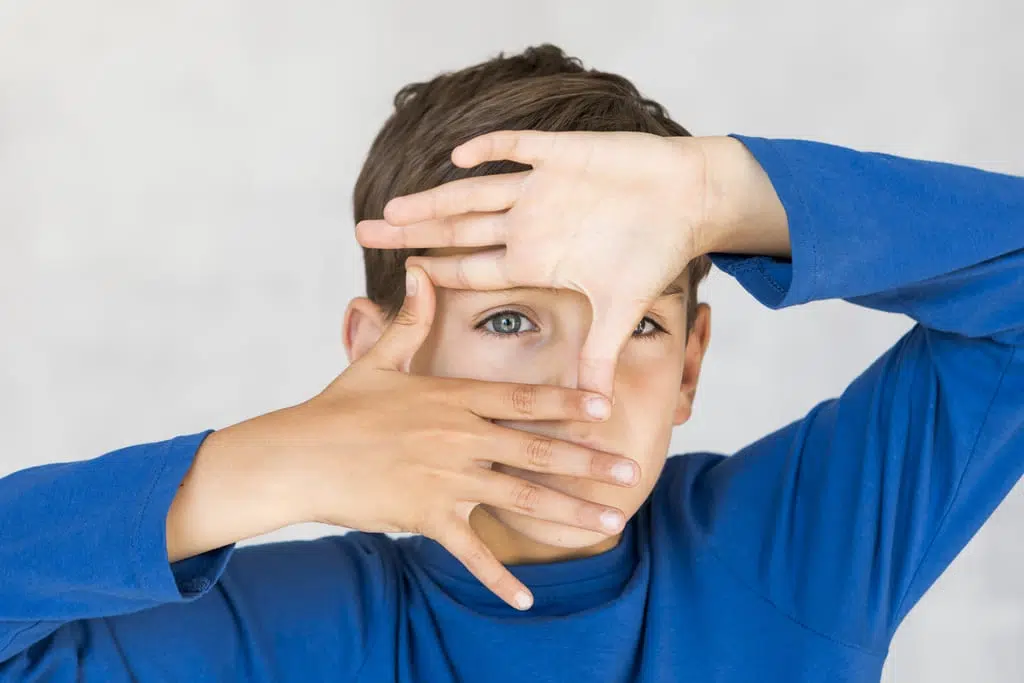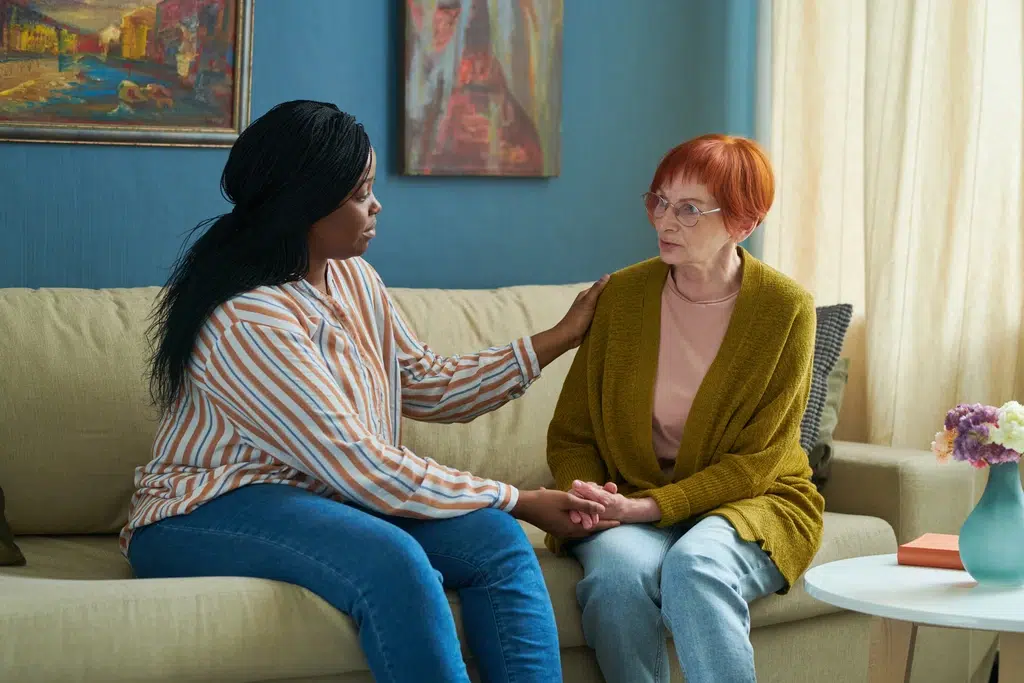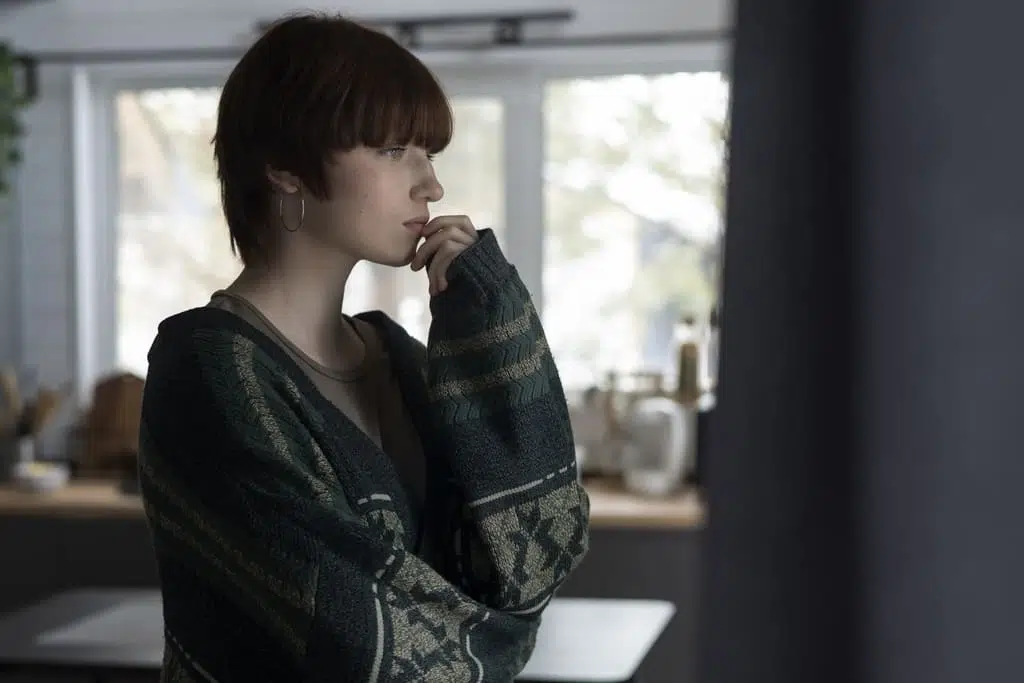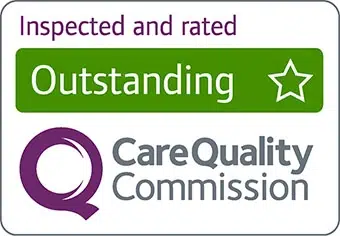Meaning of Visual Processing Disorder
Visual processing disorder is a neurodevelopmental difference that affects a person’s ability to process visual information. VPD is not a learning difficulty, but it can co-exist with learning difficulties such as dyslexia, dysgraphia and dyspraxia.
Different types of visual processing disorders have unique symptoms, and no two individuals have the same difficulties. For instance, some individuals with visual processing difficulty may struggle to identify colour, size or spatial relationships. Others can have challenges with reading comprehension, copying words, or problems remembering words, letters or numbers.
Common types of visual processing disorders include:
- Visual discrimination issues
- Visual motor processing issues
- Visual sequencing issues
- Visual closure
At Leaf Complex Care, we provide customised and person-centred strategies to improve the quality of life for people with visual processing difficulties.
Effects of VPD on Daily Life
Visual processing is what our brain uses to understand the world around us, also known as visual perception. It’s important to note that children and adults with visual processing disorder do not have a visual impairment as there is no challenge with vision or the functionality of the eyes.
Understanding visual processing difficulties can be challenging for parents. The visual process is a combination of three fundamental elements including:
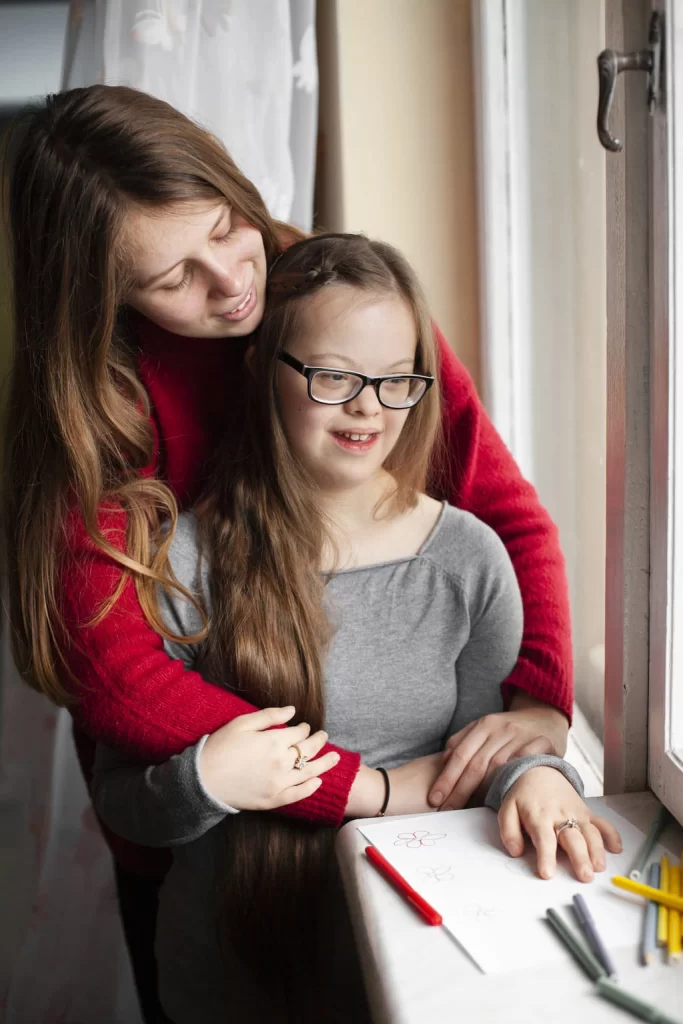
Visual acuity – the ability to distinguish shapes and objects at a given distance
Eye teaming – a visual skill that allows both eyes to work together in a precise and coordinated way and the basis of perception
Visual processing – the brain’s capability to perceive, interpret and process information that is seen through our eyes
Visual processing disorders affect visual processing skills and may involve difficulty with reading, writing, and the ability to classify objects, shapes, colours and sizes. Depending on the type of visual processing issues, the individual may face challenges with performing daily life activities and gaining life skills, impacting academic knowledge, work performance and social interactions.
Visual-Motor Coordination
Visual processing disorder impact is different for each person, but it may affect a person’s fine and gross motor skills, making it difficult for the individual to coordinate hand or foot movement (motor component) with what is perceived (the visual component). For example, a child may face challenges catching or kicking a ball, activities involving eye-hand coordination, or fine motor skills like colouring within the lines, threading beads, and doing buttons.
Academic Challenges
Visual processing disorder may also affect the learning skills of the individual. For example, you may notice that your child cannot differentiate between a square and a circle, skips words or entire lines while reading, or reread the same sentence. These are all signs of visual processing disorder. Also, students may need help to focus and be easily distracted. They may also have trouble with reading, writing, arts, and sports.
Spatial Awareness and Navigation
Visual-spatial awareness and navigation is the ability to resonate where the objects are in space, including your own body parts. Also, it involves resonating with how near or far objects are. Visual processing disorder may affect an individual’s skills to navigate their surroundings, interact with objects, and engage in activities requiring spatial perception, such as tying shoes or reading a map.
Impact on Social Interactions
People with visual processing disorder may face challenges in their social life and personal relationships. This may be due to the feeling of isolation or shame that a person might develop over time, believing they are the only ones facing these challenges. Therefore, timely assessment and proper support are essential in improving the quality of life of people with a visual processing disorder, empowering them to live a happy and rewarding life in the community.
Visual processing disorder can impact an individual’s social interactions in several ways, and we will discuss each separately.
Non-Verbal Communication
Based on a survey, almost 80% of our communication is nonverbal. Non-verbal communication includes using facial expressions, hand gestures, eye contact, physical proximity and other cues to convey a message. For people with visual processing disorder, non-verbal communication can sometimes be an issue, especially in unknown environments. For example, a person with visual processing disorder may have trouble following hand gestures, giving or receiving an object or evaluating personal space when communicating.
Misunderstanding Social Cues
Social interaction and perception are a substantial segment of life, especially for children who are still learning to communicate their needs and how to perceive other people’s actions and reactions. Visual processing issues can affect social interaction to a great extent. For example, the child may bump into things, spill things and seem unaware of the objects around them. Also, they may misunderstand social clues. Other children may not understand the behaviour, which can cause feelings of isolation. With proactive support, children with VPD can learn social skills and gain confidence.
Social Anxiety and Isolation
From early childhood to adulthood, people with visual processing difficulties may develop anxiety and be prone to isolation due to the visual processing issues they manage every day. Therefore, early assessment and the right care and support are crucial in empowering your child to overcome daily life challenges and strive to be the best version of themselves. With compassionate professional assistance, people with visual processing difficulty can lead fulfilling lives with an active social life.
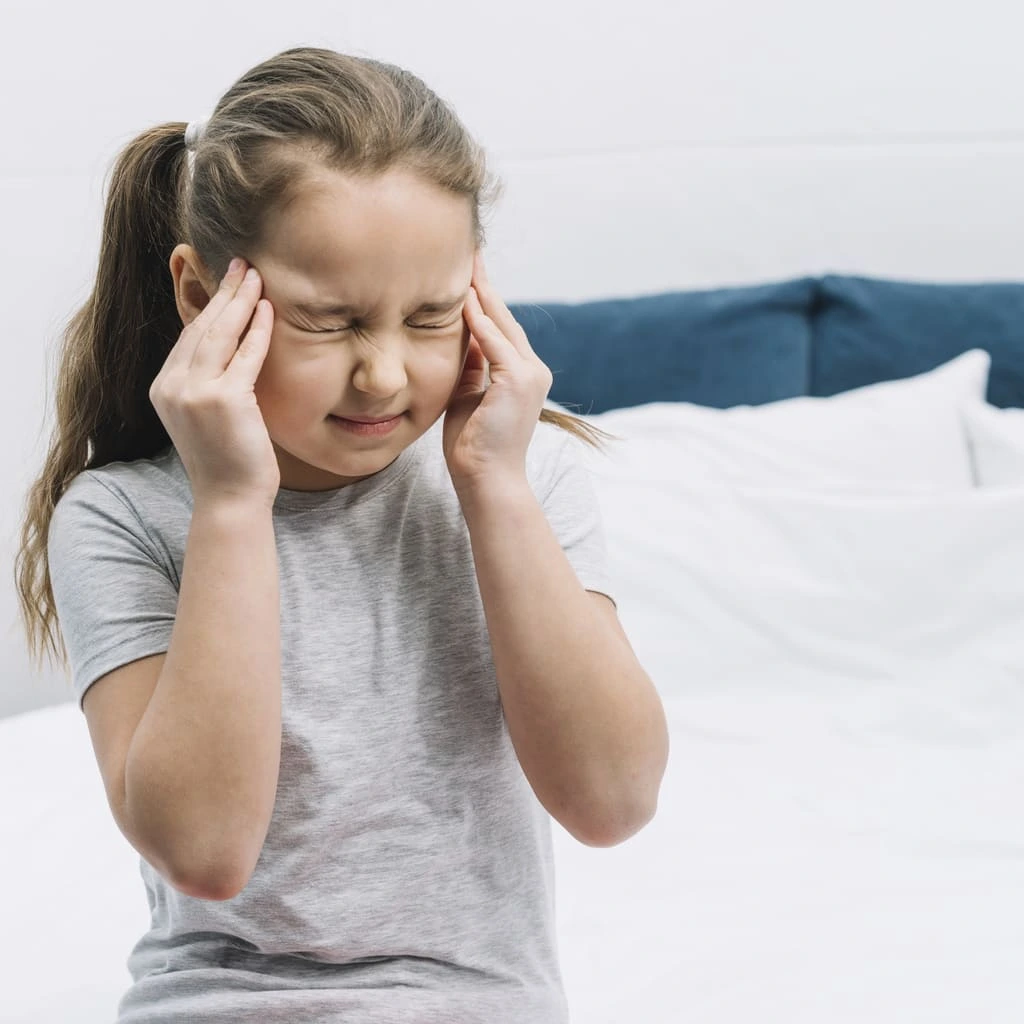
Importance of Inclusivity for People with VPD
Living with a neurodevelopmental difference can be challenging for the individual and their family. In the past couple of years, we have been eagerly striving to create a diverse, inclusive community with equal human rights for everyone. Aside from social aspects like access to special educational programmes and adapting school programmes to the needs of the individual, we have also been striving to shift people’s mindset into accepting and embracing the difference. People with visual processing difficulties, learning difficulties or learning disabilities deserve acceptance, encouragement and equal opportunities to live a fulfilled and independent life.
Leaf Complex Care Supports People with Visual Processing Disorder
People with visual processing disorders turn to Leaf Complex Care for the holistic and humanised care we provide to every individual we support. Our support workers are trained to work closely with children and adults with visual processing difficulties, providing proactive support to transform their well-being and daily life.
Our goal is to provide tailored support to every individual with complex care needs while fostering independence and self-reliance. We strive to empower people to reach their full potential by using their talents, gaining new skills and supporting their aspirations.
You can contact us in offices located in Bristol, Slough, the Midlands and Somerset. For more information about our complex care and support services, contact us now.

